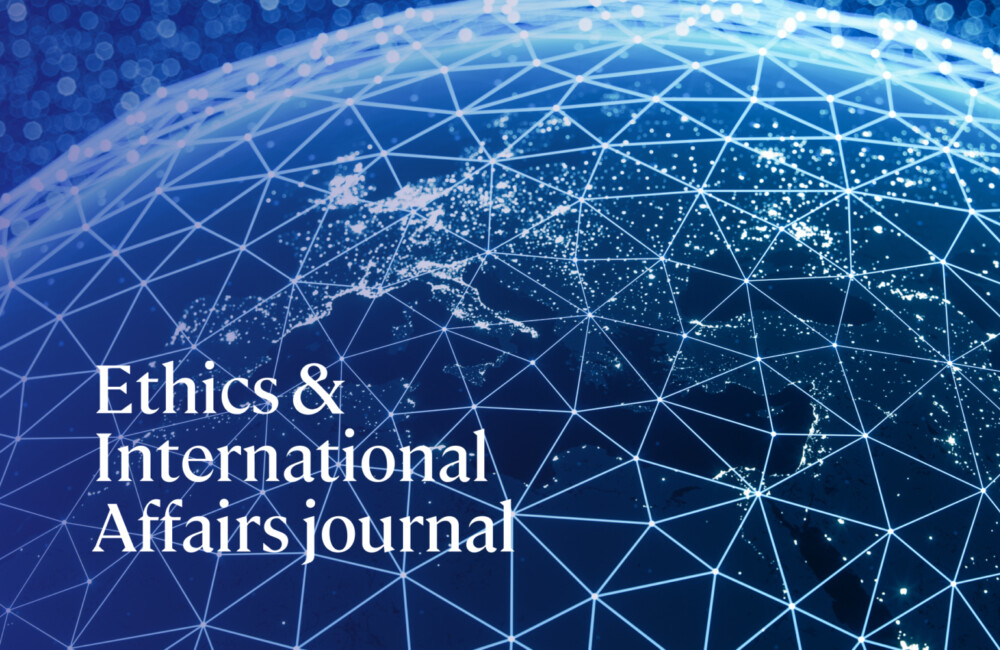Making Sense of Mass Atrocity, Mark Osiel (Cambridge: Cambridge University Press, 2009), 276 pp., $98 cloth, $50 paper.
In Making Sense of Mass Atrocity, Mark Osiel argues that the appropriate legal responses to mass atrocities ought to be derived from a rich understanding of how it is that such atrocities occur. The successful execution of mass atrocities depends on embedded common social practices and networks, including command-and-obey structures and the production and distribution of resources and weapons. Individual participants may range from power holders with a grand design to commit genocide, war crimes, and crimes against humanity, but who have little or no involvement in the physical act of committing crimes, down to low-level actors who obey commands and physically commit crimes but may not have knowledge of the grander scheme that constitutes an international crime.
Given the complex interplay between collective organization and individual participation, Osiel suggests that the primary challenge to the legal system in addressing crimes of collective wrongdoing is to overcome the limitations of methodological individualism within criminal law. He stresses that wide individual culpability should be recognized, but that given the potential for many guilty individuals, prosecutions should not focus on the easier cases because they often obfuscate the collective scale and comprehensive goals of the crimes. Osiel further suggests that more attention be paid to the potentially deleterious effects that international law may have on the execution of mass atrocity. For instance, law defines the lines that political and military leaders know they must not formally cross. This can lead to developing and engaging in covert methods for carrying out illicit behavior in order to avoid prosecution. Perpetrators can rely on code words and informal orders, and on irregular militia or child soldiers (because they are not prosecutable), as well as the systematic destruction of evidence so that the burden of proof is unavailable for future prosecutions.
Osiel concludes by suggesting that balancing collective and individual wrongs in mass atrocity should be sought through the criminal law model and collective sanctions. International courts and prosecutors should focus on the principle of superior responsibility in order to limit the number of prosecutions and deter, through punishment, those who exercise control and coordination of mass atrocity. Collective sanctions could be used, Osiel suggests, against entities, such as the military, if they harbor those culpable of crimes of mass atrocity.
The Just City, Susan S. Fainstein (Ithaca, N.Y.: Cornell University Press, 2010), 232 pp., $29.95 cloth, $22.95 paper.
Ever since John Rawls's landmark A Theory of Justice was published in 1971 and reinvigorated moral inquiry of this sort, the idea of justice—what it constitutes, its basis, and how it can best be achieved—has been a central concern of moral philosophy. Since then there has been a proliferation of work investigating the nature of justice itself, but also its relation to national communities, areas of transnational concern (most prominently anthropogenic climate change), and the problem of global justice in toto.
Susan Fainstein's The Just City builds on this broadly Rawlsian tradition, but her object of inquiry is more circumscribed: What, she asks, makes a city just? And what kind of normative framework should we employ to best judge urban policy according to its effects on justice? Fainstein, a professor of urban planning at Harvard, devotes the first chapter of the book, "Philosophical Approaches to the Problem of Justice," to discussing and differentiating contending theories of justice, and does a serviceable job doing so. She then argues for a threepronged framework for judging the justness of a city or particular urban policy, proposing that we examine a given policy's effects on equity, diversity, and democracy.
While acknowledging that these ideals may sometimes be at odds (for instance, in the case where residents of a particular neighborhood may resist economic or racial integration, thus pitting local democracy against diversity), Fainstein then devotes the book's second chapter, "Justice and Urban Transformation: Planning in Context," to the specific areas of urban policy that each criterion of justice particularly bears upon and the recent history of urban planning in these areas.
The real heart of The Just City, however, are the case studies of New York, London, and Amsterdam that form the book's next three chapters. Fainstein's expertise shines brightest here. Examining the postwar history of these three major cities, she looks at the development of specific initiatives in each—Battery Park City and the redevelopment of Times Square in New York City, planning for the 2012 Olympics and the Docklands redevelopment in London, and the history of social housing in Amsterdam, among others—and assesses themaccording to her core criteria of equity, diversity, and democracy. Stepping back, she looks at the general development of these cities in the last half century and finds that, her three criteria considered, New York is the least just of the three, Amsterdam the most just, and London somewhere in between. (Partisans of New York should not totally despair, however, as the city nevertheless excels in some areas, particularly under the criterion of diversity.)
Drawing inspiration from the capabilities approach associated with Amartya Sen and Martha Nussbaum, Fainstein concludes her book with a list of general policy directives aimed at furthering equity, diversity, and democracy in urban areas, and thus the pursuit of a more just urban environment. Well researched and highly readable, The Just City will appeal to urban planners, philosophers, and public policy experts alike.


